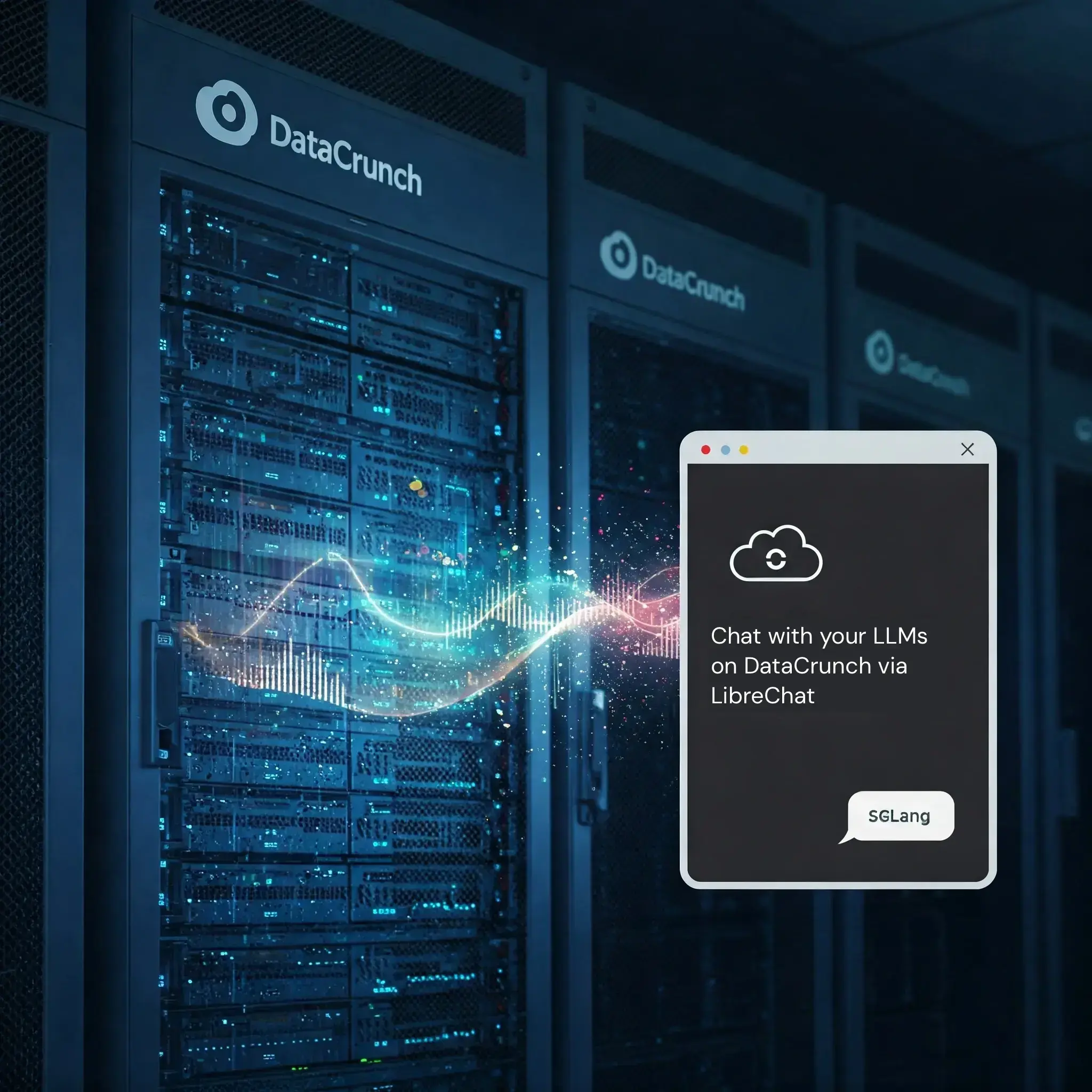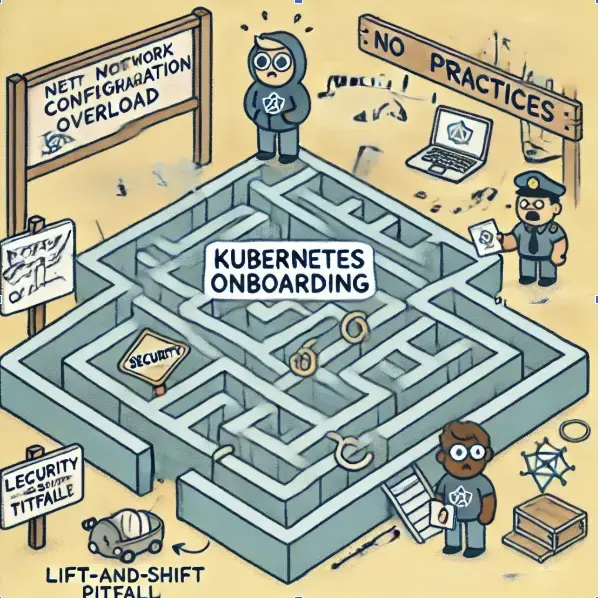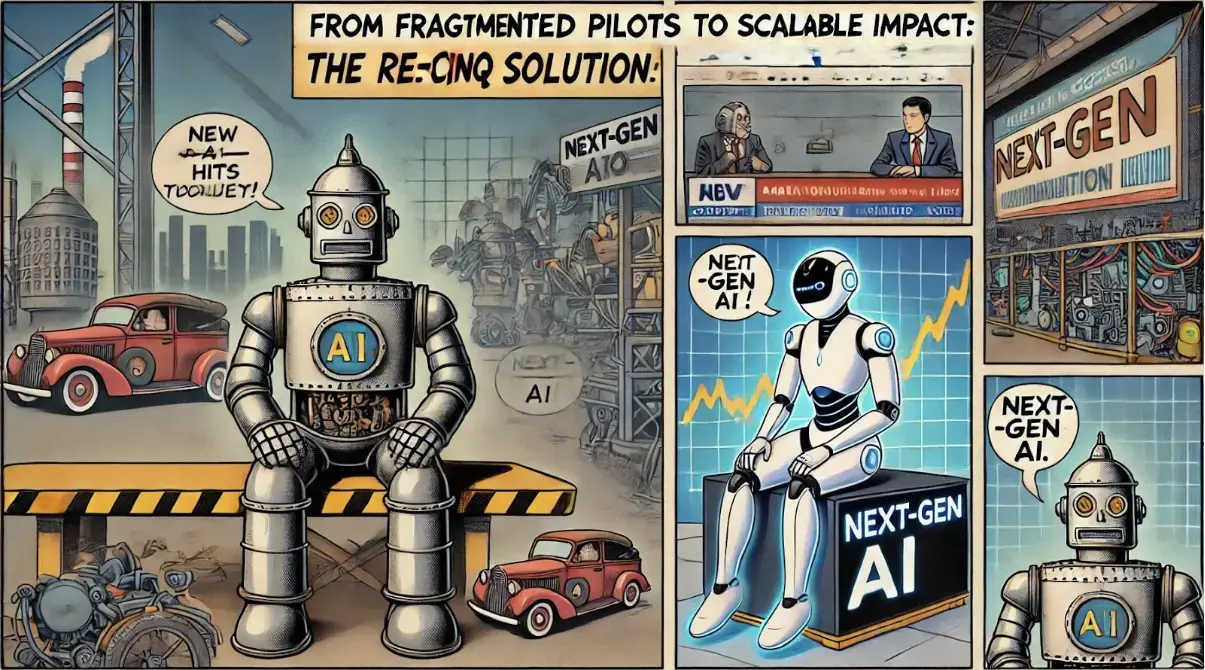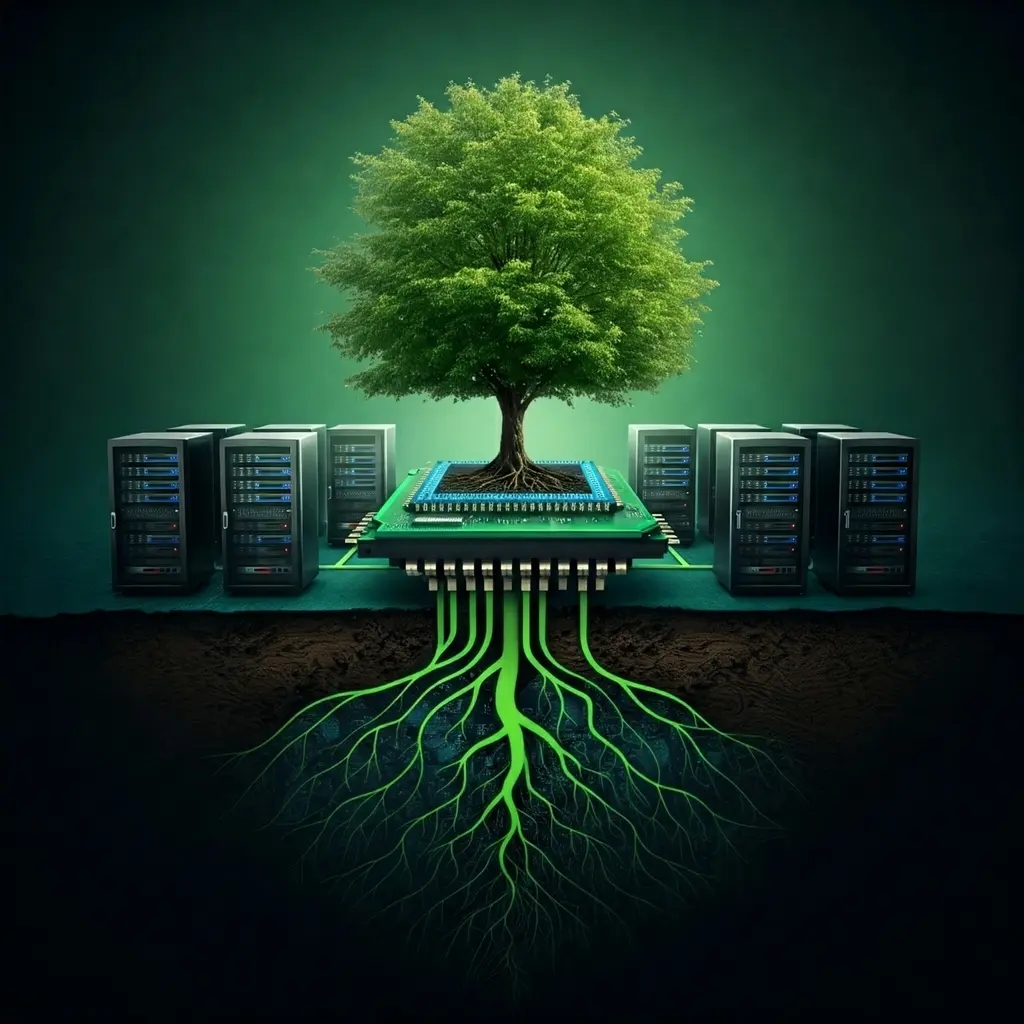Startup life – Our first month

We’re excited to share our journey so far as a new company dedicated to helping businesses reduce their IT-related carbon emissions. We’ve been busy developing our services, building tools, attending industry conferences and reading to learn more about the challenges and opportunities in this space.
Our Mission and Vision
When we founded re:cinq, we had a clear mission in mind: to help companies reduce their IT-related carbon emissions while becoming more cost-efficient. This mission is driven by our vision of a world where software does not contribute to global warming.
Our Services
After refinements and careful consideration at our company offsite in early November, we refined our initial concept of five services into two core offerings, each backed by a our toolbox of tools:
- Consulting and advisory: We help companies develop and implement strategies to reduce their IT carbon footprint. This includes assessing their current IT, identifying areas for improvement, and recommending specific actions.
- Engineering: We provide hands-on engineering support to help companies implement their IT carbon reduction strategies. This includes developing and deploying tools, optimising software code, and automating processes.
- Our Toolbox: We’re developing a toolbox of tools to support our services. This toolbox includes a mix of our own proprietary tools and open-source tools. We’re committed to using open-source tools whenever possible to support our commitment to sustainability.
The Growing Interest in IT Carbon Reduction
We’ve seen a growing interest in IT carbon awareness and reduction. This is driven by a number of factors, including:
- Increased awareness of the environmental impact of IT: It’s becoming increasingly clear that IT has a significant impact on the environment. This includes the energy consumption of data centres, the manufacturing and disposal of electronic devices (embedded carbon), and the carbon emissions associated with cloud computing.
- Regulatory changes: Governments around the world are introducing new regulations to reduce the environmental impact of companies and with this their IT. These regulations are driving companies to take action to reduce their carbon emissions.
- Consumer pressure: Consumers are increasingly demanding that companies operate sustainably. This is putting pressure on companies to reduce their carbon emissions, including their IT-related emissions.
The Challenges of IT Carbon Reduction
While there is a growing interest in IT carbon reduction, there are also a number of challenges. These challenges include:
Lack of silver bullet: There is no single solution that will solve all of the problems associated with IT carbon reduction. A variety of approaches are needed, including demand shifting, software optimization, and hardware upgrades.
Data and measurement: It can be difficult to accurately measure the carbon emissions of IT infrastructure and software. This makes it difficult to track progress and identify areas for improvement and this is what we are working currently on and run many PoCs to find the best and easiest solution.
While highlighting the challenges of IT carbon reduction, it’s crucial to address solutions that appear promising but might not bring the desired reductions. One such example is “demand shifting,” a strategy where workloads shift across the globe to chase areas experiencing sunlight and potentially greener electricity grids.
While appealing at first glance, let’s dissect this approach. Imagine a company adopting this strategy; they would require pre-reserved capacity across various locations to seamlessly shift workloads. This translates to an increased number of servers, a majority of which would remain idle for extended periods. Ironically, idle servers still consume roughly 50-70% of their peak power, negating any potential benefits gained from greener grids.
Therefore, instead of blindly chasing the sun, impactful reductions stem from strategically relocating workloads to consistently greener regions when feasible. This could involve migrating specific workloads like CI/CD pipelines or even entire operations, depending on the feasibility and practicality for each company.
Beyond infrastructure considerations, software optimization plays a pivotal role in minimising IT carbon emissions. Applications that inefficiently utilise resources, such as executing database queries within loops compared to doing this within the database query, can lead to excessive CPU cycles and energy consumption. Addressing these inefficiencies necessitates software profiling to identify and rectify areas of waste.
By optimising software algorithms, reducing unnecessary data processing, and employing appropriate data structures, developers can significantly reduce the carbon footprint of their applications. This optimization process aligns with the principles of sustainable software development, ensuring that applications not only meet functional requirements but also contribute to environmental responsibility.
There are many more challenges, but also solutions and there is a whole book coming out soon about the challenges and possible solutions by O’Reilly.
Our Commitment to the Future
Despite the challenges, we are committed to helping companies reduce their IT-related carbon emissions. We believe that IT can be a force for good in the world, and we are committed to doing our part to make that happen.
We are excited to continue our journey as a company and to make a real difference in the fight against climate change.









